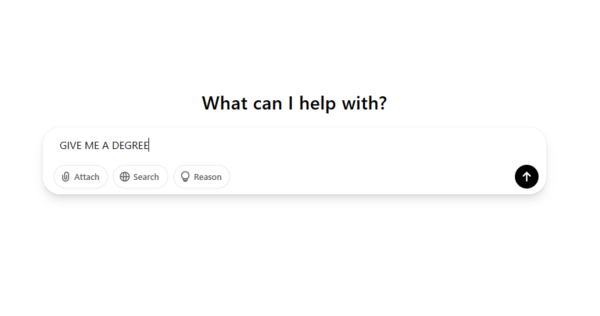What high school advisers don’t tell you
Photo by Kayla Ebner
Katie Battaglino | Herald Reporter
When high school seniors apply to college, most students will apply to schools that are both close to home and out-of-state, but the thought of applying to a university out of the country is simply uncharted territory. Now, to be fair, there are a lot more factors that go into choosing a college—especially if you are planning on leaving the country to do so.
However, in my experience and through talking about it with some of my friends here at Roger Williams, high school advisors don’t say anything about going abroad to college.
Therefore, in most high school seniors’ minds, the only option is to continue their schooling in the United States. This means that if the students want to get professional jobs, they have to invest exorbitant amounts of money in their college tuition—and that’s not even including the price for room and board, books, and other school supplies/general necessities.
In Europe, on the other hand, the tuition per year is shockingly less than most tuition prices we see in the United States. According to College Board, it costs an average of $24,610 per year at public colleges—and that price is doubled for private institutions.
For European universities, the price varies depending on the country, but many of the universities have a tuition cost that is lower than $10,000 per year at public universities. For example, if you went abroad to a university in France, you would be paying an average of €200 a year ($235), as opposed to the $24,610 or $49,320 that you would be paying in the United States. To put this in a larger perspective, most students in the United States spend $235 on one book for one class.





